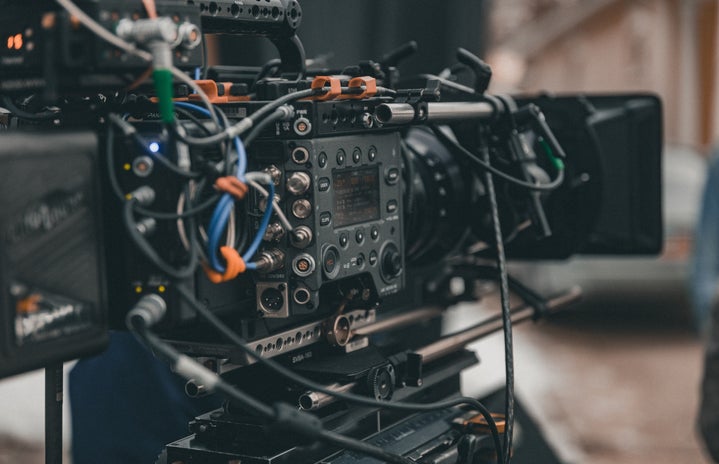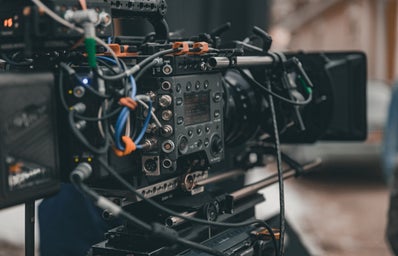The first scary movie I saw in theatres was Insidious. I was a teenager at the time and I remember sitting alone in my room after I got home from the screening and I was too scared to go to bed with the lights off. I couldn’t fall asleep because there was one thing I couldn’t get out of my head, the song “Tiptoe Through the Tulips” by Tiny Tim. The film had used this song more than once in some of the eeriest scenes, but the visuals of those scenes didn’t stick with me like the song did. Tiny Tim’s shrill, high-pitched voice playing over a ukulele was the only thing that continued to creep into my mind and scare me days after I had seen the film.
In film, music can be an extremely powerful tool. It can set the mood and tone, create an atmosphere, and incite a specific reaction from the audience. It has been proven that using specific music in certain scenes will completely change how the scene is viewed and felt. It will also psychologically affect the audience and how they interpret the specific scene. This is especially evident in horror films and TV shows because without the chilling music and haunting theme songs made up of uncomfortable minor chords, the visuals would not be nearly as effective, if at all.
Music featured in scary movies has been used as a tool by filmmakers to incite fear. Movies like Halloween, Jaws, Psycho, and many more old classics have infamous tunes that people can recognize right away. These scenes have an instrumental build up, usually adding to an already tense moment the audience is aware of. For example, in Jaws, the music build up creates an adrenaline rush in the audience. They know something bad is coming; it’s almost as if the music creates a fight or flight response even if they know what they are watching isn’t real.
More recently, Stephen King’s novel, recently turned blockbuster hit It, features a motion picture soundtrack done by Benjamin Wallfisch. The opening sequence of the film features an eerie piano song with children’s whispering voices over it. The song that’s playing at the beginning, titled “Every 27 Years,” sets the dark tone right away and is sure to give the audience chills.
Another recent movie to utilize scary music in a unique way is Jordan Peele’s second film, Us. The film features a film score done by Michael Abels and the song that stands to audiences the most is a track called “I Got 5 On It (Tethered Mix).” This song is a remix version of the original hip hop song by the artist LUNIZ that came out in the 90s. This song is extremely unsettling because it is very unpredictable. The beginning sounds like the original, but then it gets dark quickly and sends shivers down listener’s spines. The song features haunting string sounds and sudden bursts of music where the song gets louder, having a terrifying affect. While the song builds tension, there is a faint echo of the voices from the original track in the background which gives an unsettling feeling because the original song was not meant to be creepy at all.
And over the past couple of years, no horror film has caused as much discussion as Ari Aster’s debut film Hereditary. The soundtrack of this film, done by Colin Stetson, is just as unforgettable. This particular soundtrack is not obnoxious like a typical horror soundtrack. The music does not feature crazy sounds or high-pitched string instrumentals like other horror films, but that is what makes it even more eerie. Hereditary is a film dealing with a family’s internal conflict and grief. It is not about monsters or ghosts or demons; the plot and the characters feel real. The soundtrack reflects that. The low tones in the music, especially in the standout track “Reborn” don’t come off as striking right away, but as audiences listen on, there comes a sudden sense of uneasiness. The audience can feel the evil conveyed in the sounds; it becomes known that something is wrong, just by listening to the music. The instrumentals used in this film compliment the story extremely well and makes the movie more disturbing.
When a person hears the haunting tune from any scary movie, one is immediately forced to revisit the initial feeling he or she had when they heard the sound for the first time. The sounds in horror films have the responsibility to set the tone and create tension. The sound featured in these films are just as important as the visuals because they must give the listener an uneasy feeling. A feeling that they don’t want to recognize, but with the music, the audience can’t deny that it is there.


